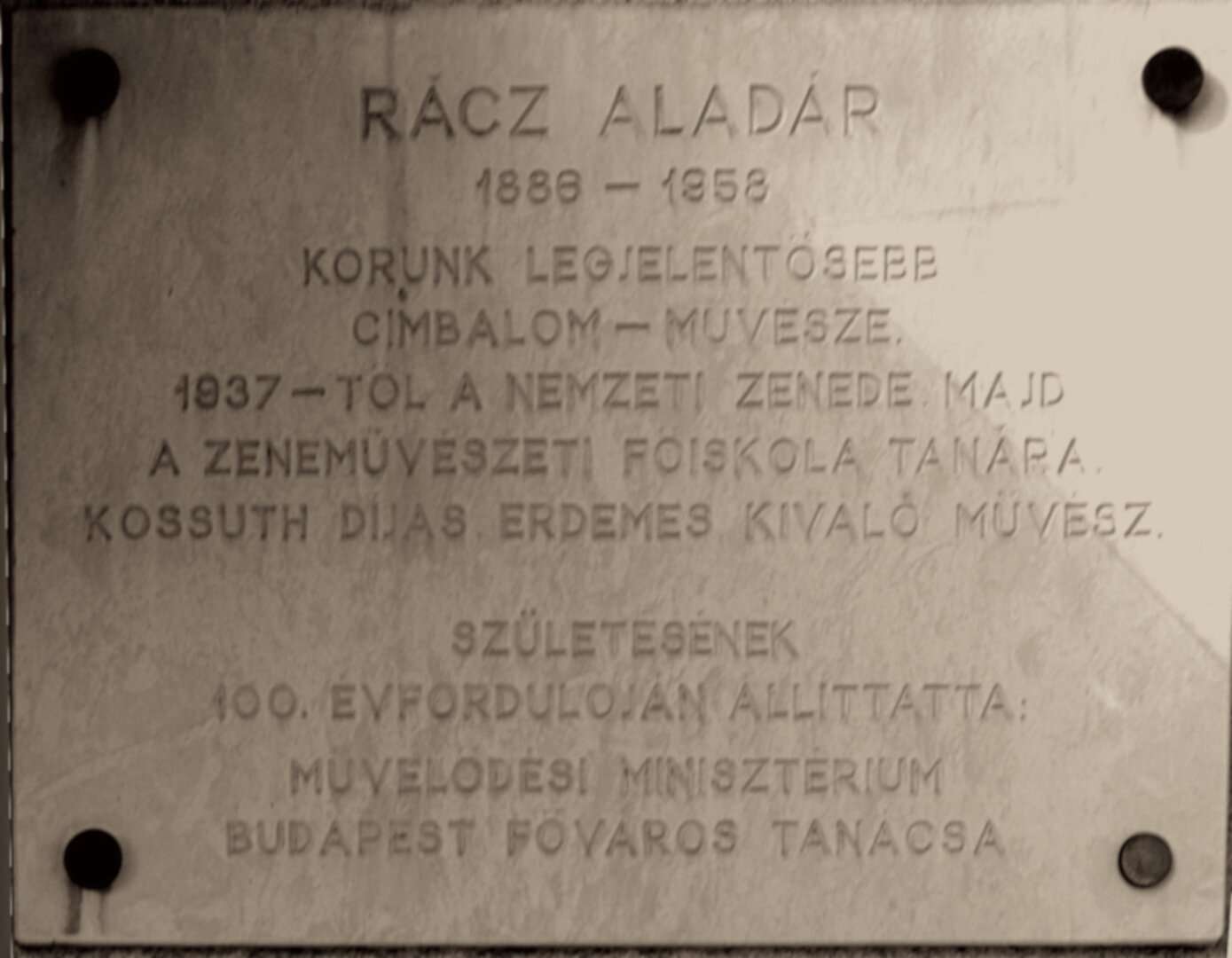‘I looked him up and down thinking “You won’t be able to take down what I’m playing!”’
Aladár Rácz
Stravinsky and Romani Instrumentalists
The fount of folklore as a distinguishing feature
Igor Stravinsky (1882–1971) was an avant-garde composer who was born in Russia and rose greatest prominence in Paris. He is known for several different compositional styles, including those used in a number of pieces that foregrounded themes from Russia and selected ethnic groups in Eastern Europe.
The brand of “folklore” – that is, folklore-related items – that Stravinsky employed during the period when he was still content to embrace the role of the “Other” on the international art music market was of a composite nature on at least two levels.
The individual works that brought him fame, such as The Firebird or Petrushka (in which Roma are briefly alluded to in a musically illustrative manner), were based largely on texts, tunes and subjects that the composer had collected from various sources; these popular elements were, in a sense, interchangeable pieces, equivalent to any number of other ways in which Stravinsky could have exoticised his homeland.
On a larger, stylistic scale, Stravinsky took what he needed from folklore in order to consolidate his aesthetic, including dehumanizing rituals, bases for unorthodox text-settings and other ways to distance himself from the mainstream classical tradition.
Aladár Rácz
One example of Stravinsky’s folk-related compositional material derived from his encounters with the legendary Romani cimbalom player Aladár Rácz (1886–1958). Stravinsky had met Rácz at the Geneva venue where Rácz performed with his ensemble. Rácz later described the evening as follows:
‘I played a Serbian kolo, at which Ansermet’s companion rushed forward to the cimbalom. He was wearing a monocle, a red tie, a green waistcoat and a tight jacket. It was Igor Stravinsky. He struggled with his sleeve in order to shoot out his cuff, on which he wanted to note down the music. As a young man I was rather too sure of myself; and I looked him up and down thinking ‘You won’t be able to take down what I’m playing!’ And indeed he soon stopped taking notes.’
Aladár Rácz
Stravinsky soon acquired his own cimbalom from a local Hungarian Romani merchant and repeatedly contacted Rácz for advice when employing the instrument in his compositional process. Stravinsky at times used figures reminiscent of cimbalom techniques, and he went so far as to include the cimbalom itself in a score – Ragtime pour onze instruments (Ragtime for Eleven Instruments). A photo that Stravinsky signed and gave to the virtuoso musician reads:
‘A Monsieur Aladar Rácz en souvenir des bons moments et de la bonne musique qu’il m’a fait entendre a Geneve. ANNO BELLI 1915 / En toute reconnaissance, Igor Strawinsky.’ (‘To Mr. Aladár Rácz, to commemorate the good times and the good music he had me listen to in Geneva. Anno belli [year of war] 1915. Sincerely, Igor Stravinsky.’)

Romani violinists
Romani methods of playing the violin were another source of inspiration for Stravinsky. He adapted Romani techniques of interpreting verbunkos dances and other melodies when writing the violin part of L’Histoire du Soldat (The Soldier’s Tale), a major theatrical work premiered in 1918.
In the context of Western art music, much of this violin material thus sounds rather unique: raw-sounding double-stops, prominent use of the instrument’s open strings and the type of quickly alternating finger work on adjacent strings that results in a fragmented melody with a particular emphasis on timbre (tone colour).
While Stravinsky was making a name for himself, folklore played a role not only in his subject material but in his overall emulation of everything “non-German” that had been passed on to him. Stravinsky, like most composers, was not a purist in the ethnological sense. Rather, his relationship to folklore and popular music was a fundamentally capitalist one, based on a balance between the market value of the particular sources he drew up and the market value of his own invention.
Although Stravinsky had met several Roma in person, his musical references to Romani styles tended to be motivated arguably more by the sounds themselves than by the overt exoticisation of “Gypsy” culture in which so many other composers have engaged.
Rights held by: Petra Gelbart | Licensed by: Petra Gelbart | Licensed under: CC-BY-NC 3.0 Germany | Provided by: RomArchive



